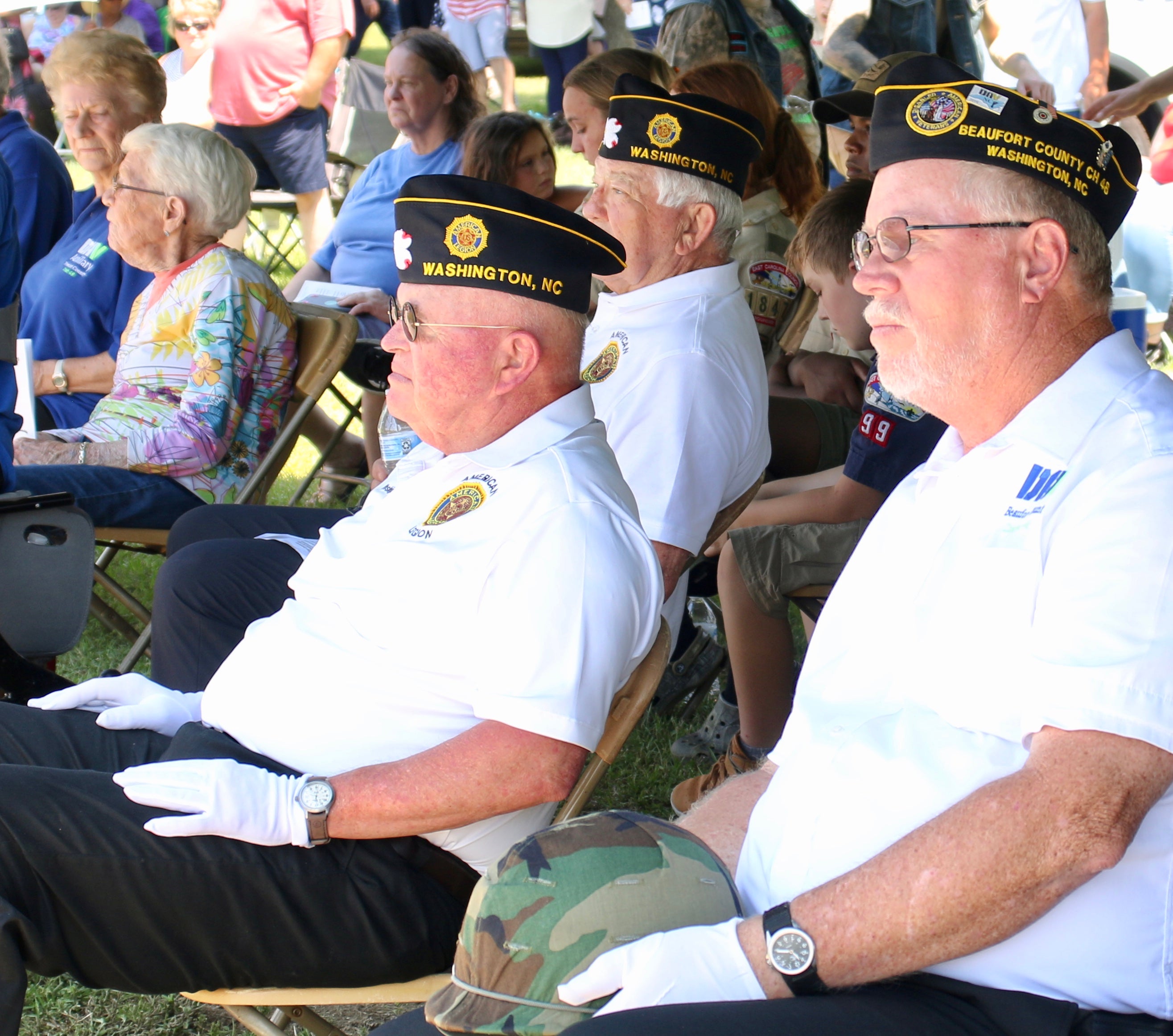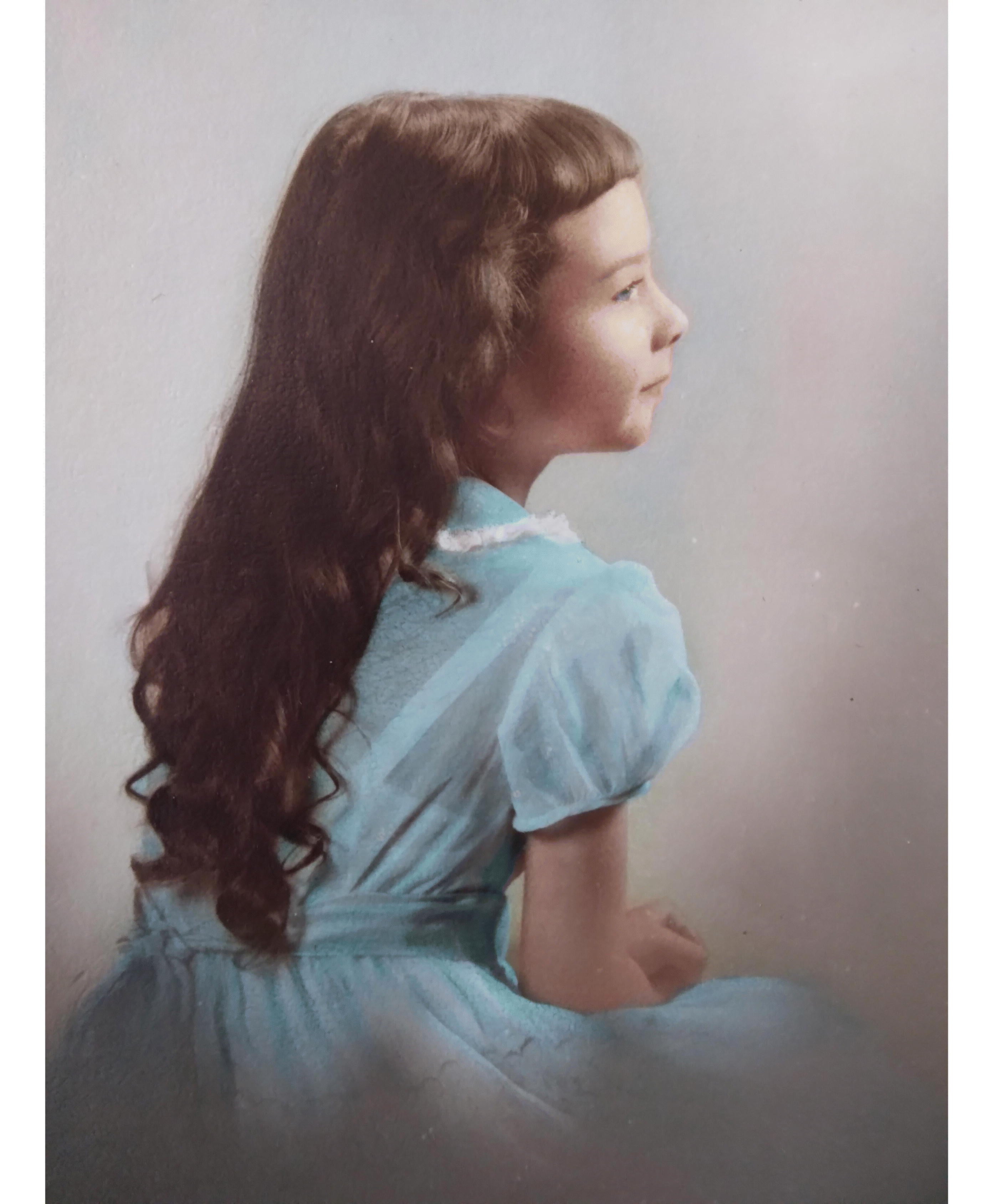Tourism is Washington’s way of the future, despite potential side effects
Published 5:56 am Wednesday, February 25, 2009
By Staff
It’s painfully obvious that if Washington is going to survive the recession and come out the other end ready to go, it will have to rely heavily on tourism. That was the underlying theme at Monday’s City Council meeting as consultant Judy Randall presented her recently completed tourism study.
Among Randall’s messages is one that rang loud and clear: The city must take advantage of its travel-and-tourism attributes, what Randall called “blessings.” Washington’s tourist-related assets can be an economic engine that helps drive the city’s economy, she said.
Randall encouraged the city to develop a strategic plan that protects and preserves the city’s assets in the downtown/waterfront area while simultaneously using those areas to generate economic development.
Among Randall’s discoveries were these: By far, visitors to Washington rate waterfront lodging at the top of their wish lists. Those visitors also want more fine-dining and more-unusual dining establishments in the waterfront/downtown area and want downtown to have a “lively village-style” atmosphere.
Washington has the waterfront, but no waterfront hotels. It has an array of good restaurants, but few that jump out and grab visitors with the unique flavor of Washington. And depending on how you define “village style,” Washington’s downtown might already fit that category, though “lively” probably stretched the definition a bit.
Certainly, much of Washington’s charm is centered on its waterfront and quaint downtown. It’s already a lovely place to live and visit, and some residents and tourists wouldn’t want to change a thing about it. Others realize that for the city to thrive, tourism will have to play a larger part than perhaps it has so far.
It’s a delicate balancing act, to be sure.
On the one hand, too little tourism deprives area businesses of much-needed revenue at the cash register and hinders the city and county from generating tax revenue. Randall estimated that each visitor to the city generates about $15 in sales-tax-related revenue, of which about $4 goes to the city and $11 to Beaufort County.
That money also benefits residents who would have to foot the extra tax money if it wasn’t generated by tourists, Randall added.
Too much tourism, though — however that’s defined — could potentially affect the city’s peace and tranquility, traits cherished by Washington residents. Increased traffic and congested sidewalks, restaurants and other businesses certainly benefit business owners, but may not translate positively to some city residents.
But that said, we think Randall’s on the right track.
Even if Washington and the rest of the country weren’t mired in the worst recession since the Great Depression, we’d still have to continually adapt to changing circumstances to avoid stagnating.
That’s reality.
Council members indicated Monday they will endorse Randall’s study and its recommendations at their next meeting, but leave it to the Washington Tourism Development Authority to implement the recommendations.
That’s a great start. Now, let’s get other city and county agencies on board and see what we can come up with. Transforming Washington into a sharper-defined tourist destination and revitalizing downtown will take a concerted effort.
It’s well worth it.




